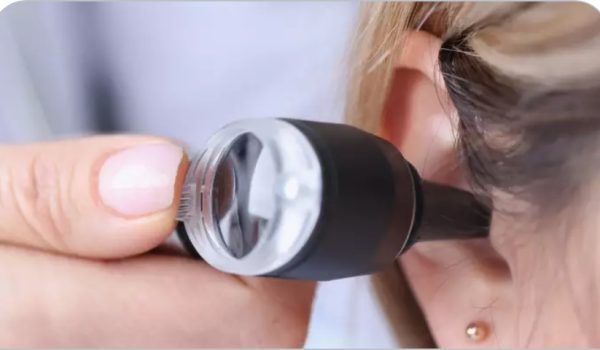Cookie Policy
Cookies are text files, comprised of a small amount of data that are saved on your computer or other device when you use the internet and visit a website.
The information that cookies maintain is read by the website both during your visit to the website (these are called ‘session’ cookies), and when you return to visit it again (these are called ‘persistent’ cookies). We also use techniques called ‘web beacons’ and ‘web pixels’ for purposes similar to the use of cookies.
We use cookies for a number of purposes, as briefly explained below.
Necessary. Cookies that are strictly necessary for the functioning of the Website. The Website cannot operate properly without these cookies. You can set your browser to block or alert you about these cookies, but some parts of the Website may not function properly if you do.
Preferences. Cookies remember your choices when you use the Website and allow the Website to react at your next visit by reflecting your previously-stated preferences.
Statistics. Cookies that help us understand how you and other users interact with our Website by collecting data that does not directly identify you.
Marketing. Cookies that track your use of the Website and allow online advertisers to tailor ads that they believe are more relevant to you.
You can refuse or accept the cookies used in this Website, see the Cookie Settings section of the Website to do so. You can change your mind at any time by accepting or refusing cookies. By enabling cookies, you give your consent to collect the data they are intended for.
Why EarCalm?
For the treatment of minor infections of the outer ear
Find your nearest stockist of EarCalm Spray

